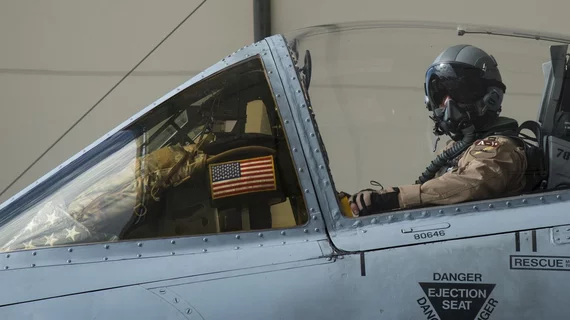A federal research arm whose normal work involves developing aerospace warfighting technologies is turning its talents to deploying explainable AI in the war against COVID-19.
And the Air Force Research Laboratory (AFRL) at Wright-Patterson Base in Ohio will offer its advances to health officials at the local, state and federal levels.
The lab’s publicly available AI models are designed to forecast the pandemic’s next moves. The technology is interactive, allowing users to run simulations on a dashboard and test intervention strategies before arriving at decisions to act on.
The AFRL models incorporate more than 30 different transition parameters, all of which can influence how COVID-19 spreads throughout a community, according to coverage filed by the lab’s communications office.
Ryan Kramer, PhD, the lab’s lead researcher on the explainable AI front, says one of the most difficult aspects of the COVID work was accurately matching sets of parameters with particular regions and locales.
“To address this, we created a simulation library that sweeps across multiple ranges within each parameter, thereby simulating every possible outcome that could happen within the model,” Kramer explains. “When complete, we will have greater than 20 million models in our library, which allows us the ability to begin learning the unknown parameters that dictate transmission.”
Rajesh Naik, PhD, chief scientist at the AFRL’s 711th Human Performance Wing, adds that the sophisticated AI work gives the Air Force a chance to stretch its wings—that’s a paraphrase—to help fight COVID.
“Our teams can quickly pivot and provide solutions for the current pandemic and other pop-up operational needs,” Naik says. “Linking explainable AI with conventional epidemiological models provides decision-makers with deeper insight and tests the impact of interventions on future trends.”
To read the rest of the Air Force’s internal coverage, click here.

